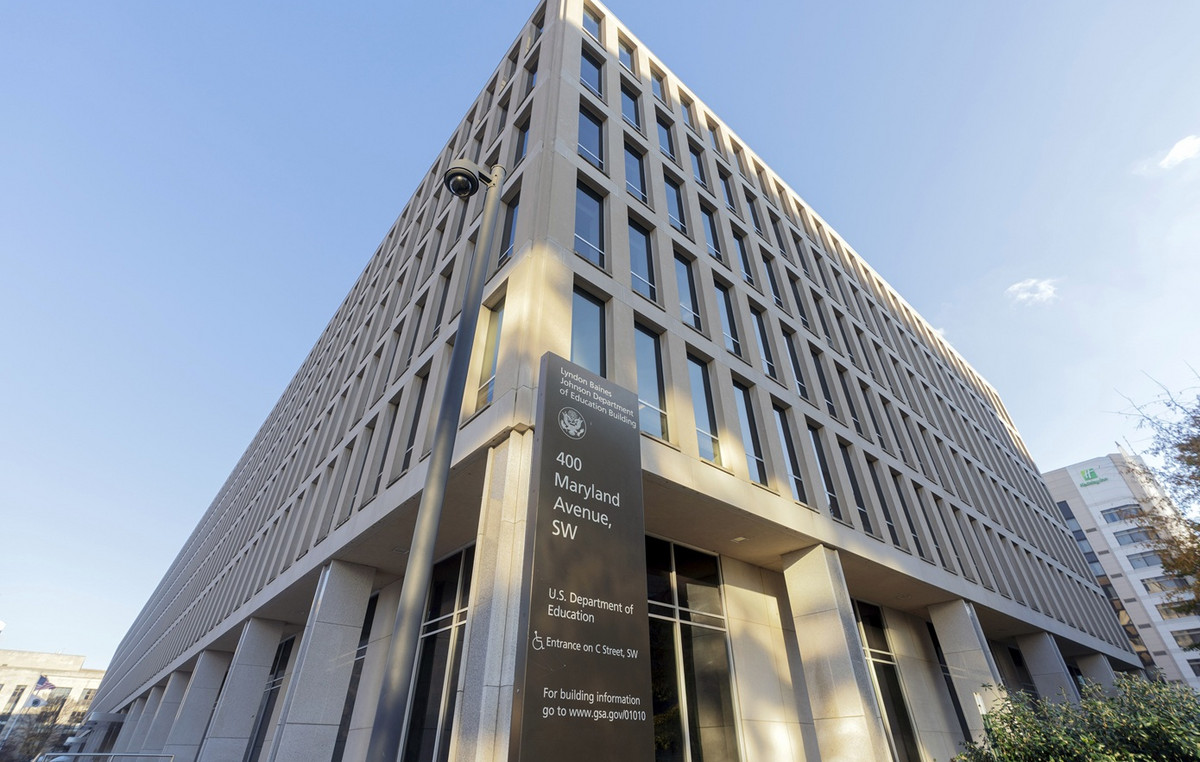Astronomers identified a set of four small rock planets orbiting the star of Barnard – One of the nearest neighbors to our solar system. However, they concluded that everyone is too hot to house life like Mercury, the most internal planet of our system.
About six light years away, Barnard is the closest lone star to us-that is, he does not orbit with other stars. Only the three stars of the Alpha Centauri system, approximately four light years, are closer.
A light year is equivalent to the distance that light travels in one year, about 9.5 trillion kilometers.
The researchers used data from the Gemini telescope in Hawaii and the very large telescope (VLT) in Chile to confirm the presence of the four planets around Barnard’s star. One study Published last year, based on VLT data, he had already nominated the existence of a planet, with evidence of three others.
Planets besides our solar system are called exoplanets. Those who orbit Barnard’s star have been among the smallest of more than 5,800 discovered since the 1990s, as astronomers refine their ability to identify these small worlds.
Barnard, located towards the constellation of Ofiúco, is a red dwarf, the most common and smaller regular star type. Its mass is equivalent to about 16% of the sun and its temperature is much lower.
However, its four planets orbit so close that the star’s warmth has created superficial temperatures that probably prevent the existence of life, as well as the scorching surface of Mercury.
“An essential requirement for habitability is the presence of liquid water on the surface,” said Ritvik Basant, a doctoral student at the University of Chicago and the main author of the study published this week in the magazine Astrophysical Journal Letters.
“If a planet orbits too close to its star, any water would evaporate. If it is too far, it would freeze. It turns out that all four planets that orbit Barnard are very close to their host, making them too hot to support liquid water, ”Basant explained.
This is the only star known with a multiplanetary system composed entirely of planets smaller than the earth. The most internal has a mass equivalent to 26% of the land, the second has 30%, the third 34% and the outermost, 19%. Each one completes an orbit in a few days.
For comparison, Mars has about 11% of Earth’s mass, while Mercury is approximately 6%.
The four planets follow almost perfectly circular orbits around Barnard’s star, all at the shorter distances than mercury orbit in relation to the sun.
Astronomers define a “habitable zone” around the stars, where temperatures would allow liquid water on the surface of the planets – as occurs on earth.
In the case of Barnard’s star, the researchers ruled out the presence of land -size planets within this habitable zone, but do not exclude the possibility of other small planets in the system.
In the search for life beyond the earth, scientists seek rocky and hot worlds, similar to ours, rather than giant giants. With the new discoveries, astronomers now know that there are rocky planets orbiting in both the Alpha Centauri system and Barnard star, although none is in the habitable zone.
Two exoplanets have already been detected in the Alpha Centauri system, both orbiting the red dwarf Centauri.
Different methods are used to detect these bodies. In this study, the researchers employed the “Bamboleio” method, formally called “radial speed”. The presence of a planet exerts a gravitational attraction over its host star, causing a slight movement of oscillation. Telescopes can measure this variation, allowing astronomers to endure the existence of a world.
The improvement of this method, thanks to increasingly sensitive instruments, has allowed to detect the outer external exoplanet of Barnard star – the smallest of the about 1,100 discovered to this day by this technique.
“This study demonstrates the advancement of new generations of instruments in the detection of low mass planets. The four new planets discovered orbiting the star of Barnard are all of a mass lower than that of Earth, a regime still little explored outside our solar system. This represents a significant advance in the search for planets with earth -like masses within the habitable zones of sun -like stars, ”concluded Basant.
See also: Spacex ship explodes in space and launches debris
What are the differences between stars, brown dwarfs and red giants?
This content was originally published on rocky planets are found orbiting Barnard’s star on CNN Brazil.
Source: CNN Brasil
Charles Grill is a tech-savvy writer with over 3 years of experience in the field. He writes on a variety of technology-related topics and has a strong focus on the latest advancements in the industry. He is connected with several online news websites and is currently contributing to a technology-focused platform.







